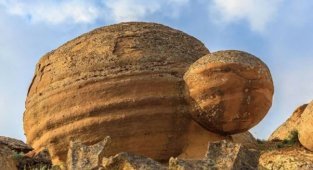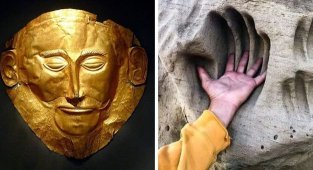Our world is full of mysteries. But some ancient things and monuments, which were discovered and studied by specialists long ago, are still full of unsolved mysteries. This selection contains ten unusual historical monuments that have puzzled the minds of archaeologists for a long time. Most of these monuments are thousands of years old, and we will probably never know the real stories behind their existence. 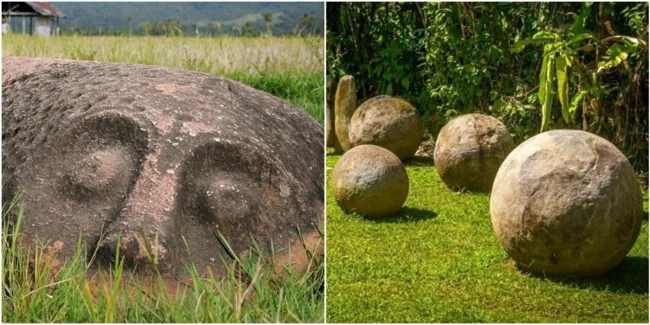
1. Stone balls of Costa Rica 
Costa Rica has its own kind of Stonehenge - these are stone balls at the mouth of the Diquis River and off the Pacific coast of the country. Locals call them Las Bolas. The large, perfectly round balls date back to a civilization that lived in the region between 500 BC and 1500 AD. Initially, the balls were under a layer of dirt and thickets, but in recent decades they began to be found and cleaned. Archaeologists have found only about 300 of these Las Bolas - and they are of completely different sizes. Some fit in the palm of your hand, and the largest weigh up to 15 tons. Scientists are still wondering what technology allowed the ancient Costa Ricans to make such perfectly round balls, and why they made them in the first place. It is also unknown why this particular location was chosen for the stones. There is a version that the stones can represent celestial bodies, or they marked the boundaries between tribes.
2. Miami Circle Park and Archaeological Site 
Miami Circle is a historical monument and park in Miami, USA. In 1998, local developers began building a complex of skyscrapers on this site. After demolishing one of the old buildings, they discovered something mysterious on the ground - an 11-meter circle with 24 large holes, carved out of limestone rock. Then a team of archaeologists worked here, who found animal bones, shark teeth and ax heads made of basalt rocks nearby. They found that the circle was approximately 2,000 years old and was allegedly made by the Tequesta Indian tribe. The purpose of the circle is still a mystery to scientists. Archaeologists are studying this place, unearthing new artifacts.
3. Statues on the island of Sulawesi, Indonesia 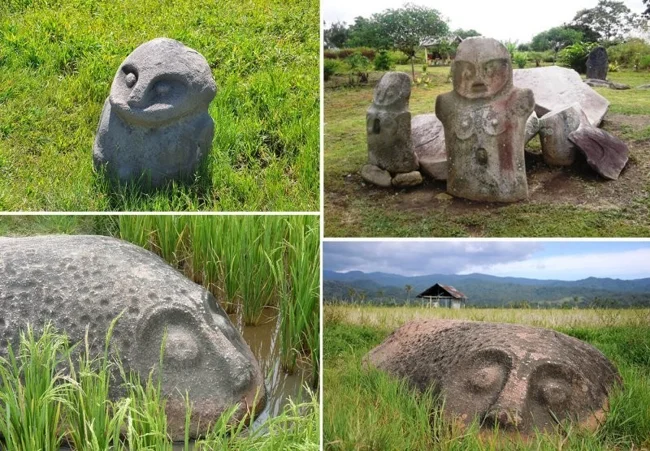
Stone statues in the shape of human figures on the Indonesian island of Sulawesi are another mysterious discovery. They also vary in size - some are small, while others are up to 4.6 meters high. There are about 400 similar statues on the island, but how they got there and why they were made remains a mystery. Adding to the mystery is the fact that archaeologists did not find any signs of civilization or other artifacts near the stones. Scientists cannot even accurately determine the age of the statues - but they assume that they appeared thousands of years ago, when ancient tribes lived here. There is a theory that the stones could have been used as tombstones, given that long stone slabs were found next to some of them.
4. Sword in the Stone, Italy 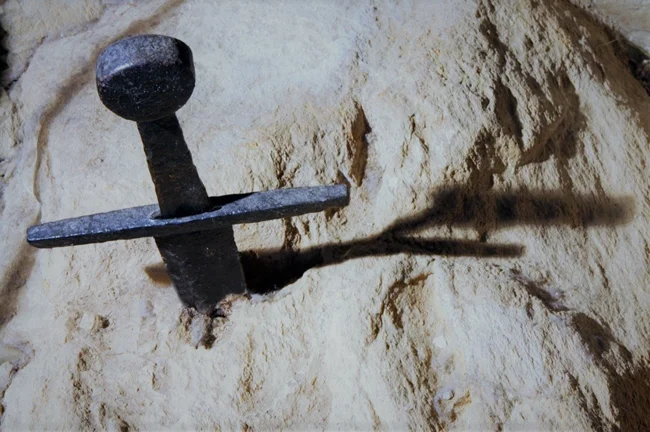
The mysterious sword in the stone is located in the Italian chapel of Montesiepi. According to historians, it was stabbed into the stone by Galgano Giudotti, a wealthy nobleman who lived in the 12th century. In his youth, he killed and looted a lot, but at some point he got tired of bloodshed. One day he saw Archangel Michael leading him to God and calling him to give up the fight and his wealth. Then the man went to Montesiepi. There, after another vision, he plunged his sword into a stone as proof of his faith. Then a chapel was built around the stone with the sword, and the place became sacred. Using instruments, scientists determined that this is a real 12th century sword, which is completely in stone - and not just a handle, as many believed. But how he got there, and whether this story is a myth, is still a mystery.
5. Viking coin, Maine, USA 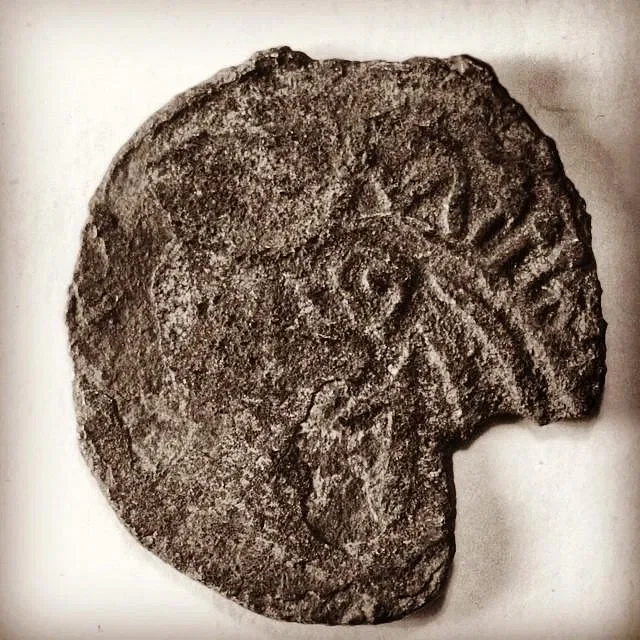
In 1957, an amateur archaeologist was wandering through the countryside of New England, USA, and found a small coin at the site of what was believed to be an ancient Native American settlement. After examining the coin, experts determined that it was a Norwegian coin from the 11th century. They theorized that Viking sailors brought the coin to North America sometime in the 1000s. It is one of the earliest examples of currency ever found in the Americas and the earliest piece of Scandinavian silver. By the mid-1970s, another group of archaeologists determined that the coin dates from between 1065 and 1080. Then another version appeared - it could not have been a coin, but a pendant that the Vikings presented to the Native Americans as a gift. This is evidenced by a small mark on the coin.
6. Stone circles in Jordan 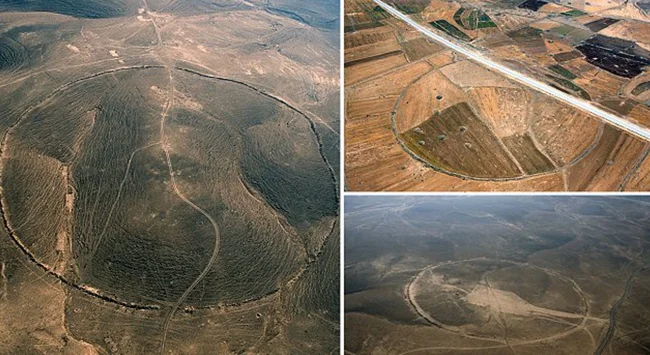
“Stone circles” with a diameter of 220 meters to 443 meters are scattered throughout Jordan and part of Syria. Archaeologists believe they date back to somewhere between 4500-2000 BC. There were speculations that the circles could have been used as graves, stadiums, or even for keeping livestock, but these versions have disappeared, since the circles do not even have entrances. In addition, scientists are sure that there used to be more circles, but as cities appeared, they were destroyed. Now the circles are protected and they continue to be studied.
7. Newton's Stone, Scotland 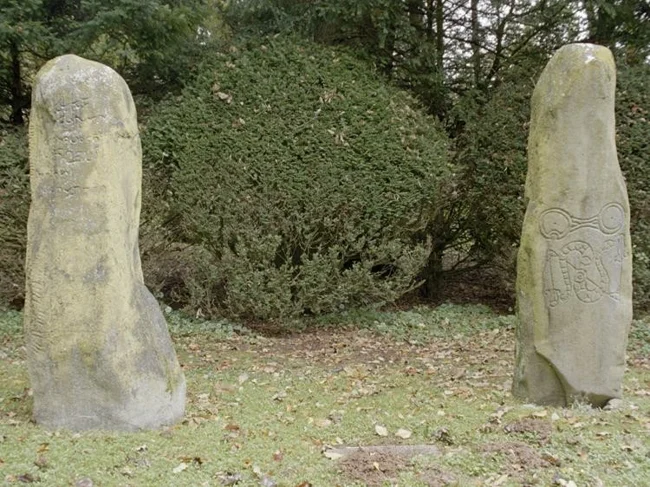
These unusual stones, 2 meters high, are located in Aberdeenshire, Scotland, and were discovered in 1804. On one of them, Newton's stone, a creature resembling a snake is drawn, as well as flowers and circles. The meaning of these images is unknown to archaeologists. On the other side of the stone are 6 horizontal lines of signs consisting of 48 symbols, including a swastika, and two rows of inscriptions in the ancient Ogham language. It is known that one of the inscriptions contains a personal name - Ethernan, but no one has figured out the meaning of other inscriptions and signs. On the bottom of the stone there is an inscription that causes the most speculation. Scientists can't even accurately define language. Some experts believe it is an ancient version of Latin left over from when the Romans occupied the area. Others argue that it is a corrupted form of ancient Greek. But most agree that the text is written in the Pictish language - it was spoken by the peoples who lived many centuries ago in Scotland and northern England. To this day, the purpose of Newton's stone is unclear.
8. Valley of Jars, Laos 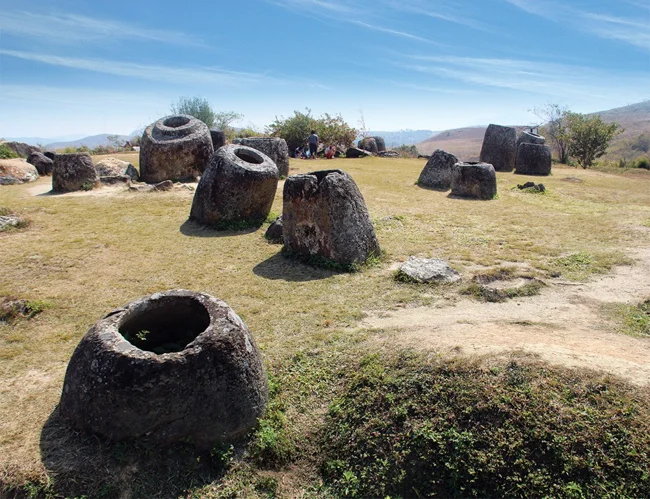
The Valley of Jars is an archaeological site 161 kilometers from Vientiane, the capital of Laos. There, on an open wild plain, there is a group of sites with thousands of stone jars. They vary in size: some reach 2.8 meters in height, and many weigh more than a ton. Some have stone caps and stand at a distance, others are located in groups, and some are decorated with intricate carvings. Some historians believe that the jars represent a sacred burial site - bodies were placed in them during ancient burial rites. Another theory is that the jugs were used to brew ancient rice wine.
9. Judakulla Rock, USA 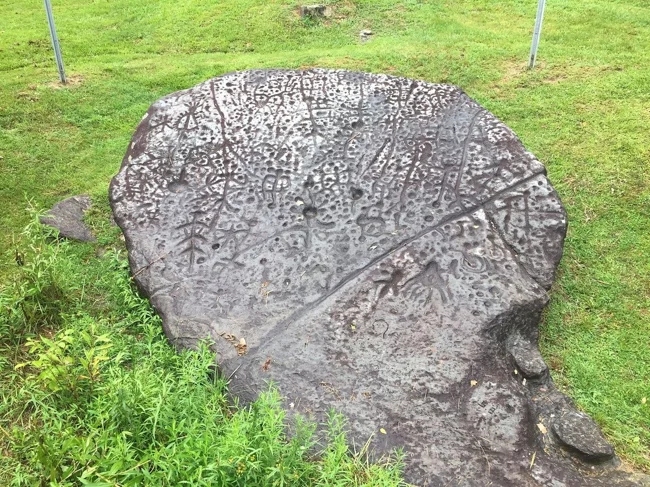
Judaculla Rock in North Carolina is one of North America's greatest mysteries. It is a huge soapstone boulder covered with mysterious symbols. The boulder is associated with a legend about an ancient giant named Judakulla, which was told by the Cherokee people who lived here. As the legend says, he easily jumped from mountain to mountain, pushing off massive stones with his hands. The prints of his seven fingers supposedly remained on one of these boulders - now this boulder is called the Judakulla rock. The rock, according to scientists, is 3 thousand years old, and nearby local residents have already discovered similar smaller stones. This boulder has been the subject of numerous studies and research projects that have attempted to decipher the symbols and understand their meaning, but to no avail.
10. Skulls of Motala, Sweden 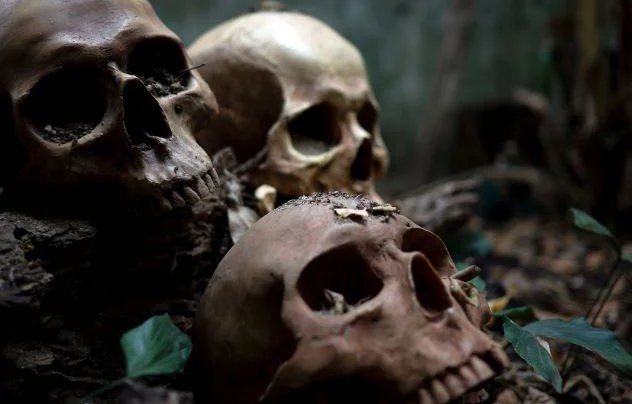
On the shore of a lake near the town of Motala, Sweden, archaeologists discovered 11 skulls and several bone fragments from the Stone Age. Scientists were able to determine that these were the remains of adult men and women, as well as children and infants. All the bones are about 8,000 years old, and two of them were pierced with wooden stakes. The main version of scientists is that the skulls remained here after a religious burial ceremony or sacrifice. This is also indicated by animal bones that were found along with human remains. In 2018, Swedish researchers made another discovery - all the skulls had similar damage, while the types of damage on the skulls of men and women differed. This 8,000-year-old mystery still remains unsolved.
0 comments
